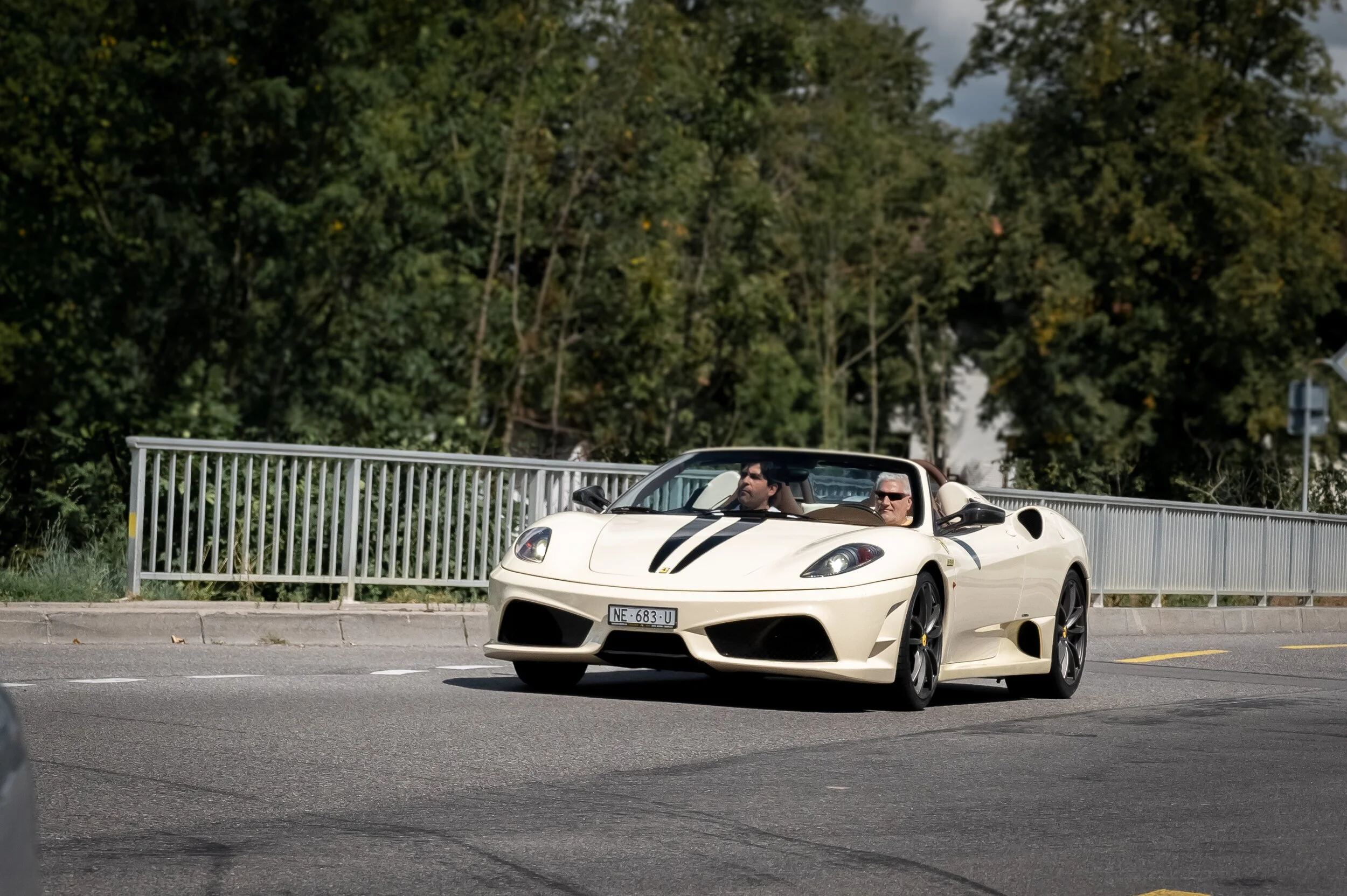How Ferrari became the key to F1’s success and vice versa
In the year 1950, this new international sport called Formula 1 attracted many automakers that saw it as an opportunity to showcase the speed of their cars and upgrade them. The winner of the World Championship would rightfully brag about being the best. "Enzo Ferrari has entered the chat. It's safe to say that Enzo really liked the word "competition," as Ferrari’s debut in Formula 1 was in the first year the sport was founded, in 1950. 72 years later, his company remains the only team to have participated in every F1 season, literally. Enzo’s passion and determination have always been the keys to the team’s success. His legacy ignites the motivation of the team when needed, and it is highly needed during the current season!
The drivers Ferrari signed over the years, the championships won, the dominance we experienced, and the idols we now look up to (Ascari, Fangio, Lauda, Schumacher, and more) resulted in a huge, loyal fan base like no other. The Ferrari merchandise that was bought all over the world and the spectators who bought tickets to watch Ferrari races resulted in huge financial success for the automaker and for Formula 1 as a company. With the stocks that were being bought, the investors, and the sponsors rushing to get their names on F1 cars, this sport has quickly become the most famous racing series in the world.
Teams were rushing into the sport to try their luck; some of them failed to succeed; others were able to make it and turned into icons of Formula 1 (Williams, McLaren, Mercedes, etc.). The thing is, Ferrari is the most famous automaker worldwide. "Ask a child to draw a car; he will certainly draw it red," said Enzo Ferrari. So the question of whether the Maranello-based team has been the key to F1’s success is not a question anymore; it’s a fact! Michael Schumacher’s achievements and the effect he and Ferrari had on the fans are the perfect argument.
But things have changed; Red Bull has also dominated, as has Mercedes-AMG. Seasons have progressed, technologies have changed, and the 2020 season is turning out to be one of the worst seasons in Ferrari’s history. People can argue that F1 will be alright without Ferrari, and that is true. However, it would definitely be a huge blow, not just for the sport but for the Italian automaker too. Why’s that?
Let’s turn the table around. F1 has been the key to some of the Italian brand’s successes. It has been the platform for Ferrari’s testing of their latest technologies before implementing them in its road cars, using these technologies to promote the cars, increase their value, and watch the sales numbers surge. Ferrari developed a semi-automatic transmission for Formula One, introducing it in 1989 on the 640 after some teething troubles. Always eager to draw connections between its F1 racing program and its road cars, Ferrari added the technology to the Mondial in 1993 and the F355 in 1997. The latter also introduced a signature accessory to semi-automatic transmissions: paddle shifters.
The 349 examples of the F50 ever made featured a 4.7-liter naturally aspirated F1-derived V12, producing in excess of 500 bhp. Luca Di Montezemolo wanted to create a road car that could offer the most "F1-like" experience on the road, meaning that with its carbon tub and six-speed longitudinal gearbox, the F50 clearly shows its F1 roots. Specifically, the engine that debuted in the 1995 Ferrari F50 was a revised version of the 1990 Ferrari 641. It sounds absolutely fantastic!
The list goes on and on with the 360 Modena, Enzo, 430 Scuderia, LaFerrari, and more. All of these cars have been some of the most desired in the supercar market. Ferrari also names some of its road cars in reference to F1: The Ferrari Scuderia Spider 16M commemorates Ferrari's 16th victory in the Formula 1 Constructor's World Championship in 2008; the SF90 Stradale shares its name with the SF90 Formula 1 car, with "SF90" standing for the 90th anniversary of the Scuderia Ferrari racing team.
Another strategy Ferrari uses to market a new car is to have their F1 driver present it at its launch. The ones we remember are Michael Schumacher unveiling the 430 Scuderia at the 2007 Frankfurt Auto Show and Charles Leclerc presenting the SF90 Stradale during its launch event in 2019.
Photo: Unknown - Contact Us
Photo: @carguys.tv/@r6bba
For the people who fear the team’s exit from F1, that won’t be happening anytime soon! On the 18th of August, Ferrari joined McLaren in announcing it had signed the new Concorde Agreement that sets out the commercial terms and governance of Formula 1 until 2025. It's safe to say that Ferrari and F1 are inseparable!







